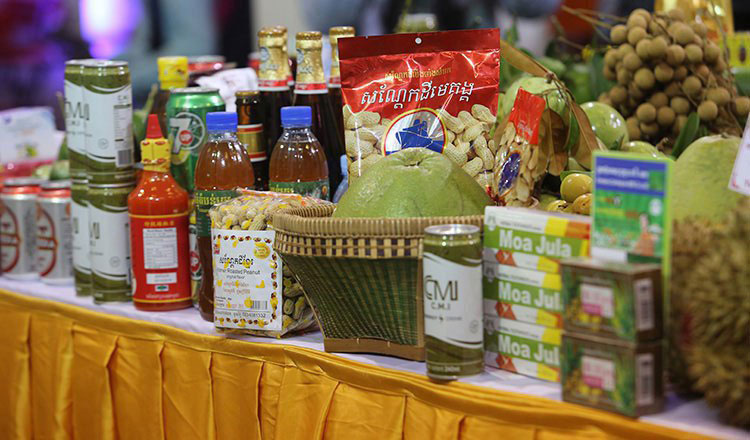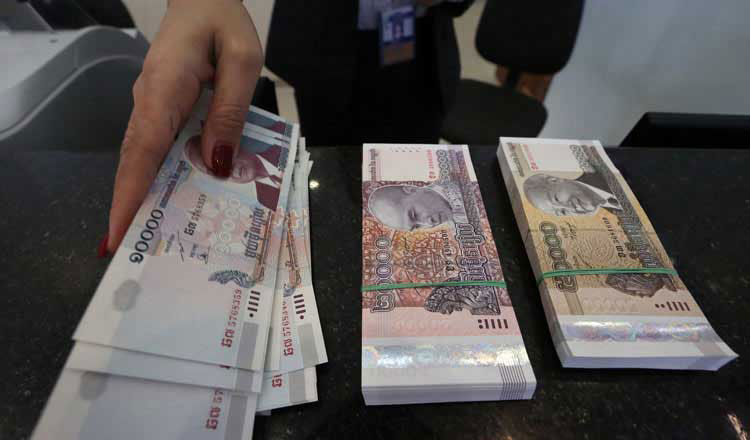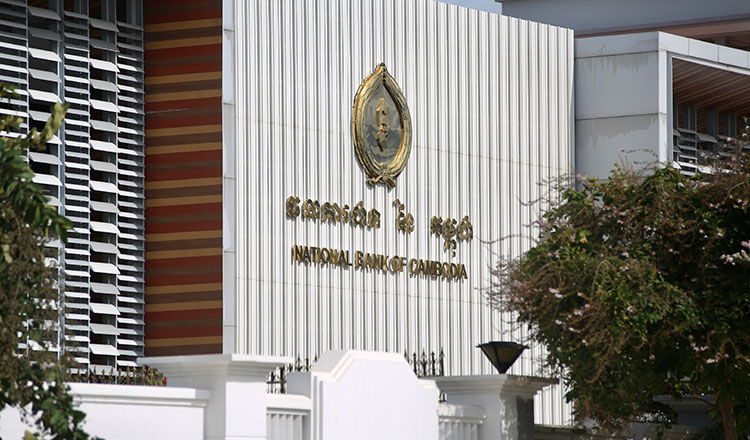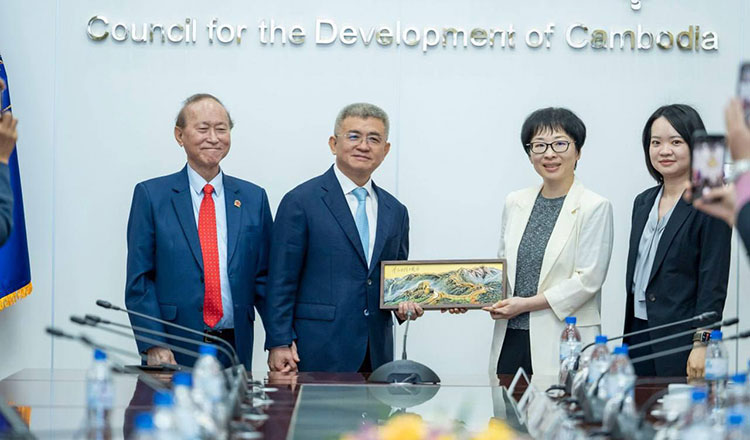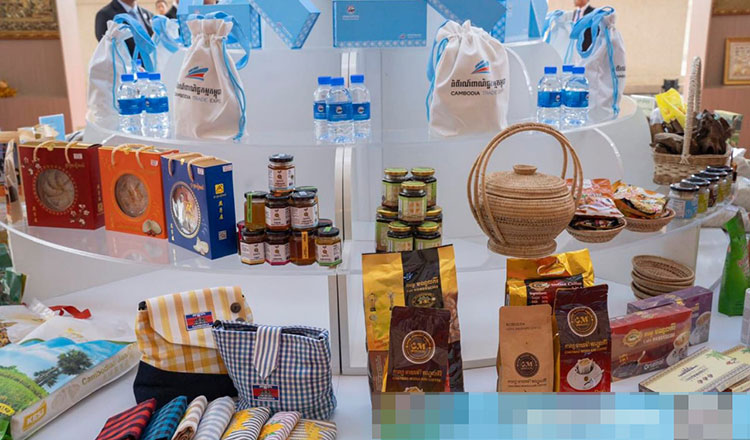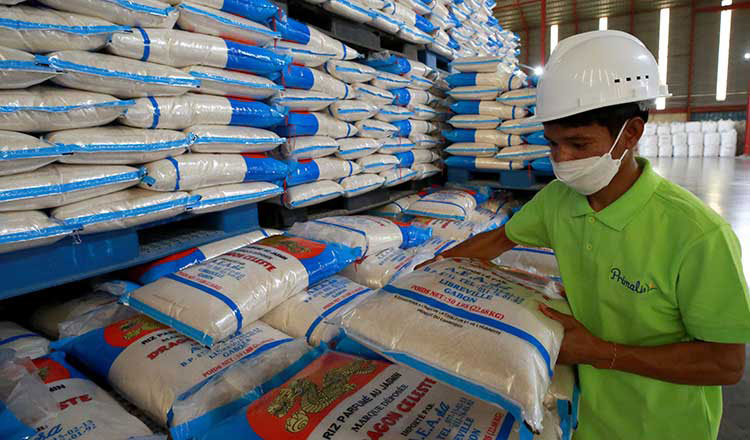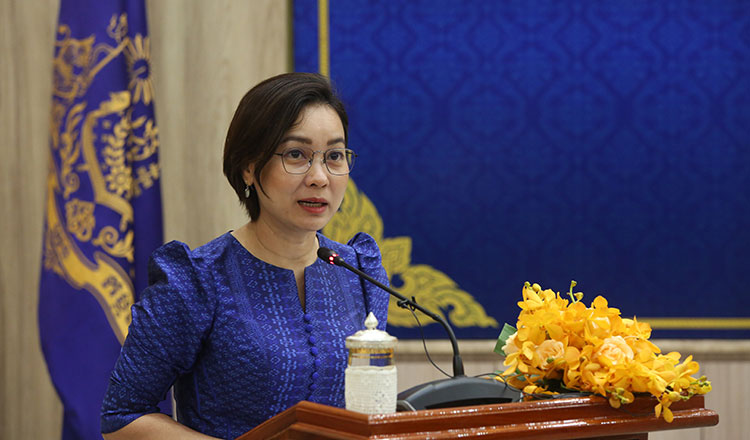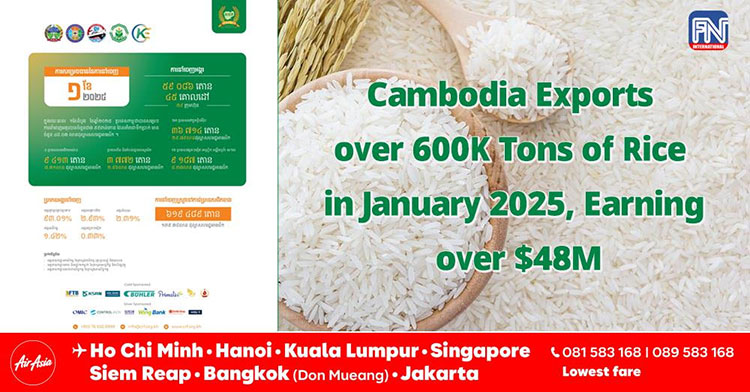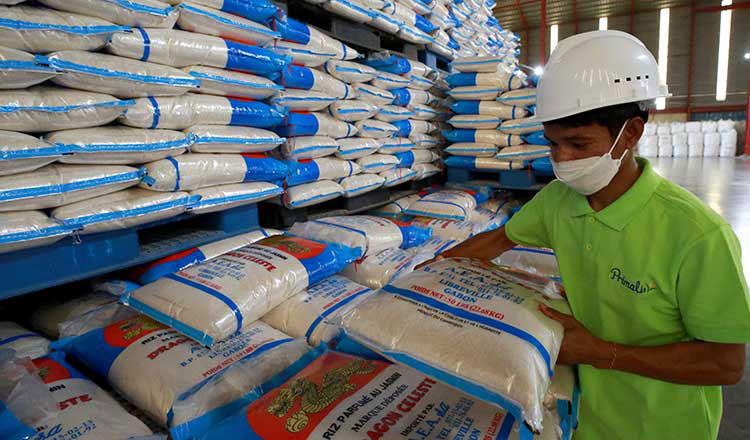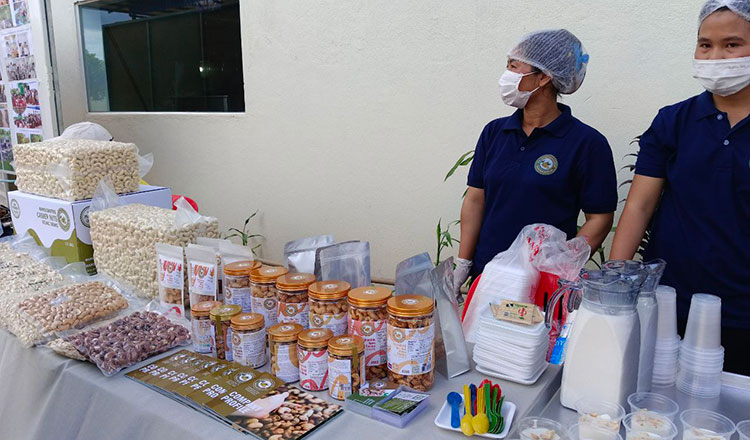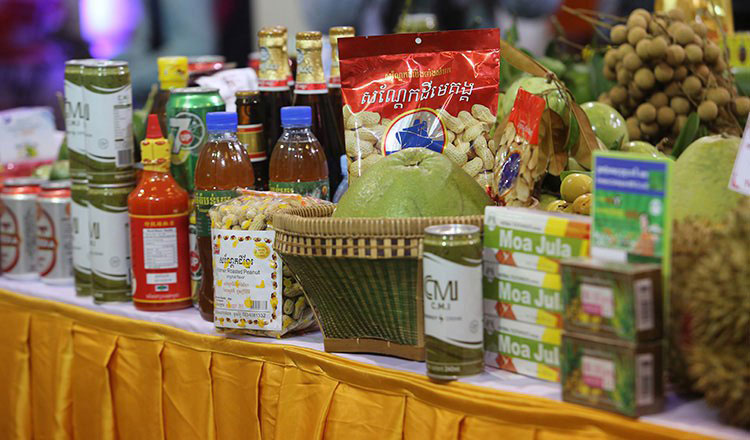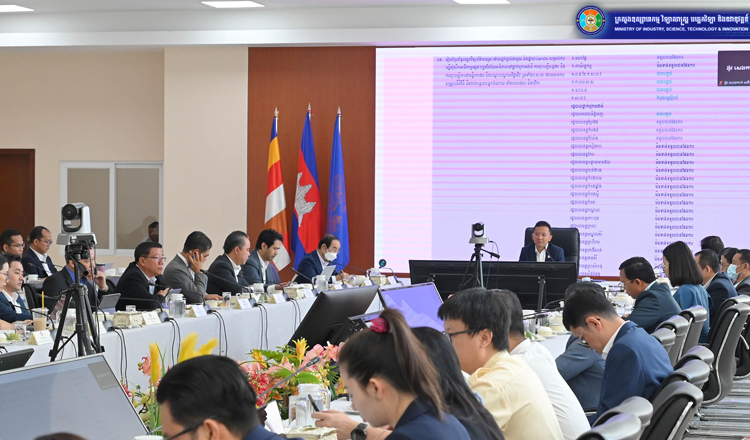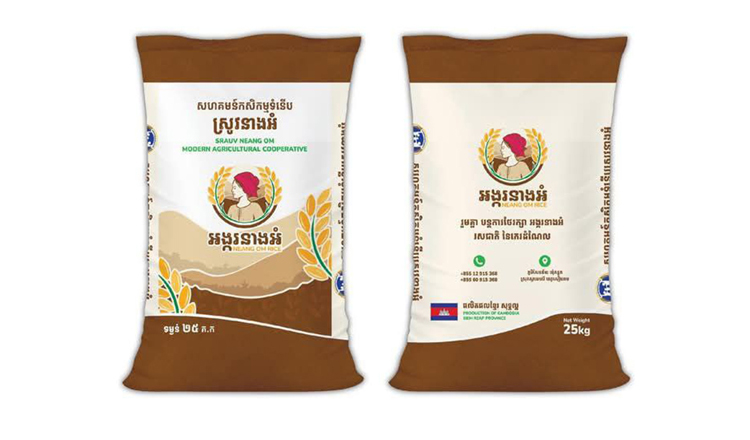US remains Cambodia’s largest export destination in January
US remains Cambodia’s largest export destination in January
Cambodia’s exports to the United States surged to nearly $870 million in January 2025, up 38 percent compared to the previous year, according to a recent report from the General Department of Customs and Excise of Cambodia.
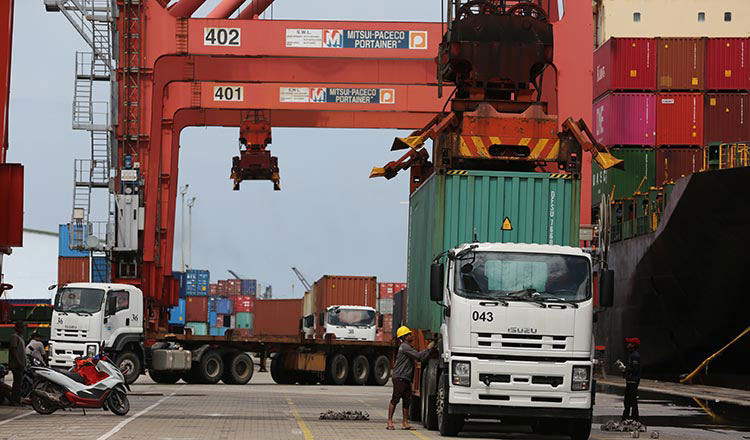
The report stated that in January alone, the US remained Cambodia’s largest export destination, followed by Vietnam ($278 million), Japan ($151 million), Canada ($109 million), Spain ($103 million), and China ($103 million).
Furthermore, the report noted that bilateral trade volume between Cambodia and the US reached $892 million, reflecting an increase of 38.6 percent compared to January 2024.
Of the total trade volume, Cambodia’s exports accounted for $868 million, an increase of 38.6 percent in January 2025 compared to the same period the previous year, according to the report.
Meanwhile, imports from the US were valued at only $23 million, representing an increase of 37.7 percent, it added.
Speaking with Khmer Times, Lor Vichet, Vice President of the Cambodia Chinese Commerce Association (CCCA), emphasized the continued importance of the United States market for Cambodia, citing export and import data.
He noted that ongoing Sino-US trade disputes have driven some Chinese investors to establish factories in Cambodia as a strategic move to export goods to the United States. Additionally, regional instability in neighboring countries has redirected investment flows into Cambodia.
“Cambodia’s political and economic stability remains a key factor in attracting investors,” Vichet said. “Moreover, the country has significantly improved its infrastructure, reducing transportation costs and enhancing its appeal to foreign businesses.”
However, he pointed out that Cambodia faces challenges due to an overwhelming number of informal micro and small enterprises that lack economies of scale, technological advancements, and the resources needed to compete effectively in the region.
To strengthen and diversify Cambodia’s export base, Vichet stressed the need for a focused strategy to formalize these enterprises. “By integrating them into the formal economy, they can leverage emerging technologies, drive innovation, and gain access to diverse funding sources,” he explained.
He added that formalization would also enable these businesses to fully utilize Cambodia’s free trade agreements with key partners such as China and South Korea, as well as regional trade pacts like the ASEAN FTA and RCEP.
“These efforts will enhance operational efficiency, promote economies of scale, and encourage the adoption of advanced technologies,” Vichet said. “Ultimately, this will lead to a more sustainable and resilient path for Cambodia’s export diversification.”
It is worth noting that the key drivers of Cambodia’s export growth to the US include textiles, garments, and footwear, which remain the backbone of the country’s export economy.


